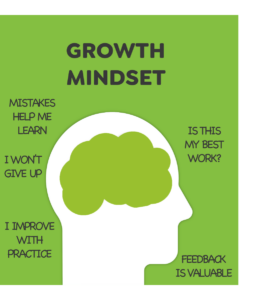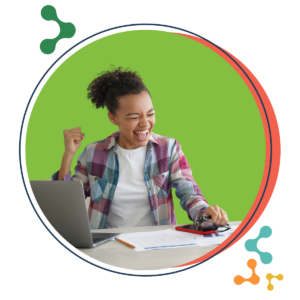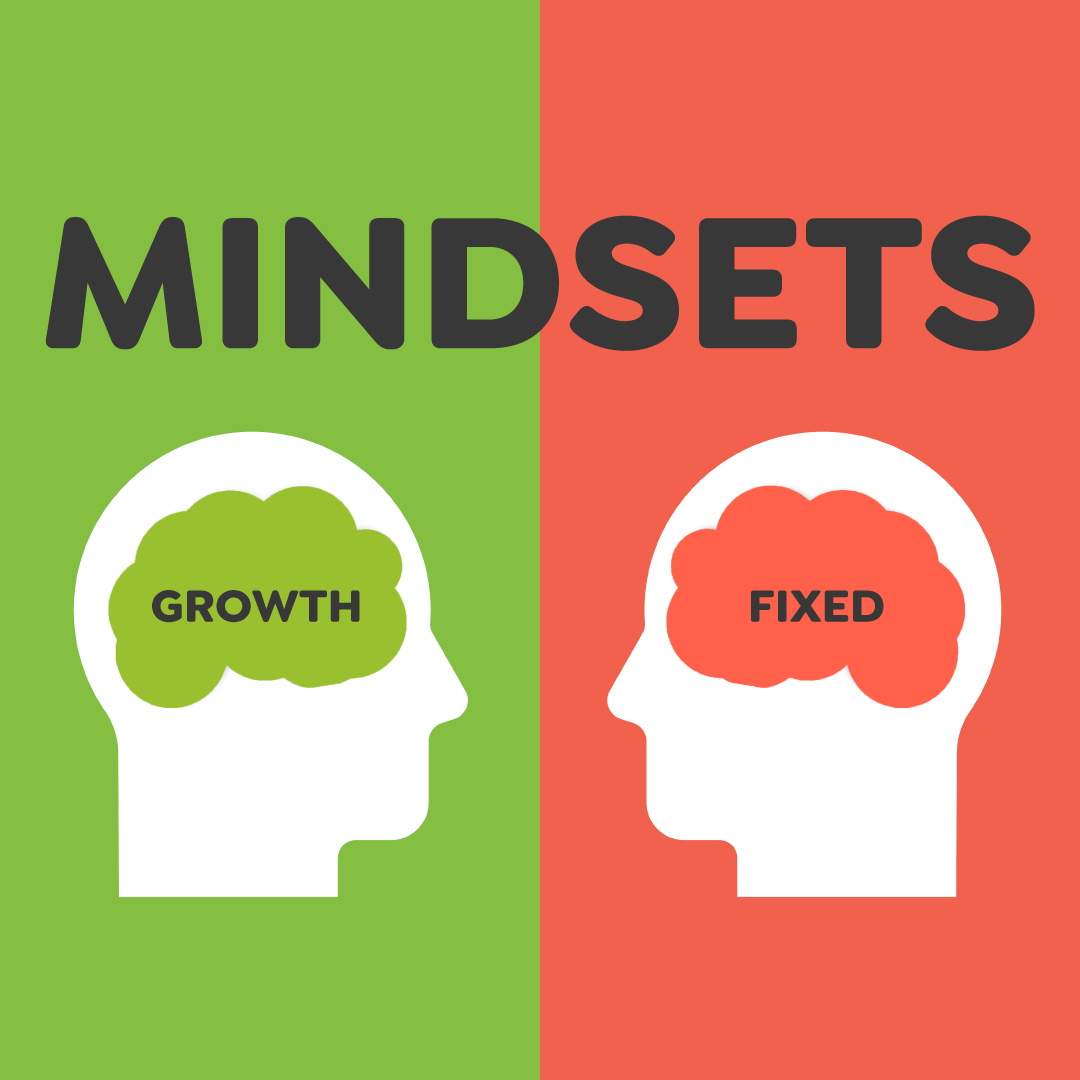Goal setting is more than just a roadmap for learning—it’s a powerful tool that shapes our aspirations, strengthens our executive functioning, and fosters self-regulation. As you return to school this year, consider opening the year by setting long and short-term goals with your students. Then, develop weekly rituals to keep their goals alive. In the classroom, goal setting serves as a critical “learning to learn” strategy, enabling absolutely every learner to take control of their learning journey. By emphasizing aspirations and the benefits of goal setting, we can build an equitable environment where every learner has the opportunity to thrive.
 Aspirations: The Foundation of Goal Setting
Aspirations: The Foundation of Goal Setting
At the heart of goal setting are aspirations—the dreams and visions that inspire individuals to strive for more. Aspirations give students a sense of purpose and direction, driving their motivation to achieve both short-term and long-term objectives. When students are encouraged to set goals based on their aspirations, they become more engaged and invested in their learning. This process allows students to see the relevance of their education in relation to their personal and future goals, fostering a deeper connection to their studies.
The relationship between student engagement and goal setting is deeply intertwined; when students set meaningful goals, they become more invested in their learning, seeing a clear connection between their efforts and desired outcomes. This heightened engagement stems from the sense of purpose and motivation that goal setting provides, making learning more relevant and personalized. As students work towards their goals, they take ownership of their educational journey, leading to increased participation, persistence, and ultimately, academic success.
Aspirations also play a crucial role in advancing equity. By creating a classroom culture that values and nurtures aspirations, educators can support absolutely every learner to envision a future where they can thrive. “Learning to Learn” strategies advance equity by equipping all students, regardless of their starting point, with the tools and skills needed to navigate their educational journey effectively. These strategies, such as goal setting, self-assessment, and reflection, empower students to take ownership of their learning, helping them develop the confidence and agency necessary to overcome systemic barriers and challenges. By fostering a growth mindset and providing students with adaptable, personalized approaches to learning, these strategies ensure that every student has the opportunity to succeed, thereby leveling the playing field and promoting a more equitable learning environment.
When students are taught to set and achieve goals, they are more likely to develop resilience and a sense of agency, empowering them to overcome obstacles and reach their full potential.
Goal Setting and Executive Functioning
Executive functioning skills—planning, organization, and time management—are essential for academic success. Goal setting directly supports the development of these skills by providing students with a structured framework to manage their tasks and responsibilities. When students set specific, measurable, achievable, relevant, and time-bound (SMART) goals, they practice breaking down large tasks into manageable steps, prioritizing their actions, and tracking their progress.
This process enhances executive functioning and boosts students’ confidence in their ability to manage complex tasks. As they achieve their goals, students build a sense of self-efficacy, which in turn motivates them to set and pursue even more ambitious goals (Bloomberg & Pitchford, 2023). This positive feedback loop is especially important for students who may struggle with executive functioning skills, as it provides them with concrete strategies to overcome challenges and succeed.
Self-Regulation: The Key to Sustained Success
 Self-regulation is the ability to manage one’s emotions, behaviors, and thoughts in pursuit of long-term goals. Goal setting is a critical component of self-regulation, as it helps students develop the discipline and persistence needed to stay focused on their aspirations. By setting and working toward goals, students learn to delay gratification, resist distractions, and maintain a growth mindset even in the face of setbacks.
Self-regulation is the ability to manage one’s emotions, behaviors, and thoughts in pursuit of long-term goals. Goal setting is a critical component of self-regulation, as it helps students develop the discipline and persistence needed to stay focused on their aspirations. By setting and working toward goals, students learn to delay gratification, resist distractions, and maintain a growth mindset even in the face of setbacks.
For students who face systemic barriers and challenges, self-regulation is particularly important as it equips them with the tools to navigate these challenges. When students are taught to set and achieve goals, they are more likely to develop resilience and a sense of agency, empowering them to overcome obstacles and reach their full potential.
Goal Setting is a Learning to Learn Strategy
Incorporating goal setting as a “learning to learn” strategy is essential for promoting equity in the classroom. By teaching students how to set and pursue goals, educators provide them with a lifelong skill that extends beyond academic achievement. Goal setting empowers students to take ownership of their learning, making them active participants in their education rather than passive recipients.
Moreover, goal setting can be tailored to meet the diverse needs of students. For example, teachers can work with students to set personalized goals that align with their cultural backgrounds, interests, and learning styles. Their lived experience is a source of knowledge that students can connect and grow new knowledge and skills. This personalized approach ensures that goal setting is inclusive and responsive to the unique strengths and needs of each student.
In addition, goal setting fosters a growth mindset by encouraging students to view challenges as opportunities for growth rather than as insurmountable obstacles. This mindset is particularly important for students who may have been conditioned to believe that their abilities are fixed or limited. By setting and achieving goals, students come to understand that their potential is not predetermined, but can be developed through effort and perseverance.
Transforming Aspirations Into Reality
Goal setting is a powerful tool that transforms aspirations into reality, strengthens executive functioning and self-regulation, and promotes equity in the classroom. By teaching students how to set and achieve goals, educators equip them with the skills and mindset needed to succeed not only in school but also in life. As we strive to create more equitable learning environments, goal setting should be at the forefront of our efforts, empowering all students to dream big, work hard, and reach their full potential.
Check out our Goal Setting Playlist to get more resources to support your goal-setting efforts with your Impact Team-PLC, ILT, and with students in the classroom.
Citations:
- Bloomberg, & Pitchford. (2023). Leading Impact Teams: Building a Culture of Efficacy and Agency. Mimi & Todd Press.
- Zimmerman, B. J., & Kitsantas, A. (2005). The Hidden Dimension of Personal Competence: Self-Regulated Learning and Practice. Handbook of Competence and Motivation, 509-526.
- Dweck, C. S. (2006). Mindset: The New Psychology of Success. Random House.
- Bloom, B. S. (1984). The Search for Methods of Group Instruction as Effective as One-to-One Tutoring. Educational Leadership, 41(8), 4-17.
- Ladson-Billings, G. (1995). Toward a Theory of Culturally Relevant Pedagogy. American Educational Research Journal, 32(3), 465-491.
Join Our Impact Team Community
Say YES to revolutionizing your PLCs! Join our learner-centered PLC community where we put students in the driver’s seat!



